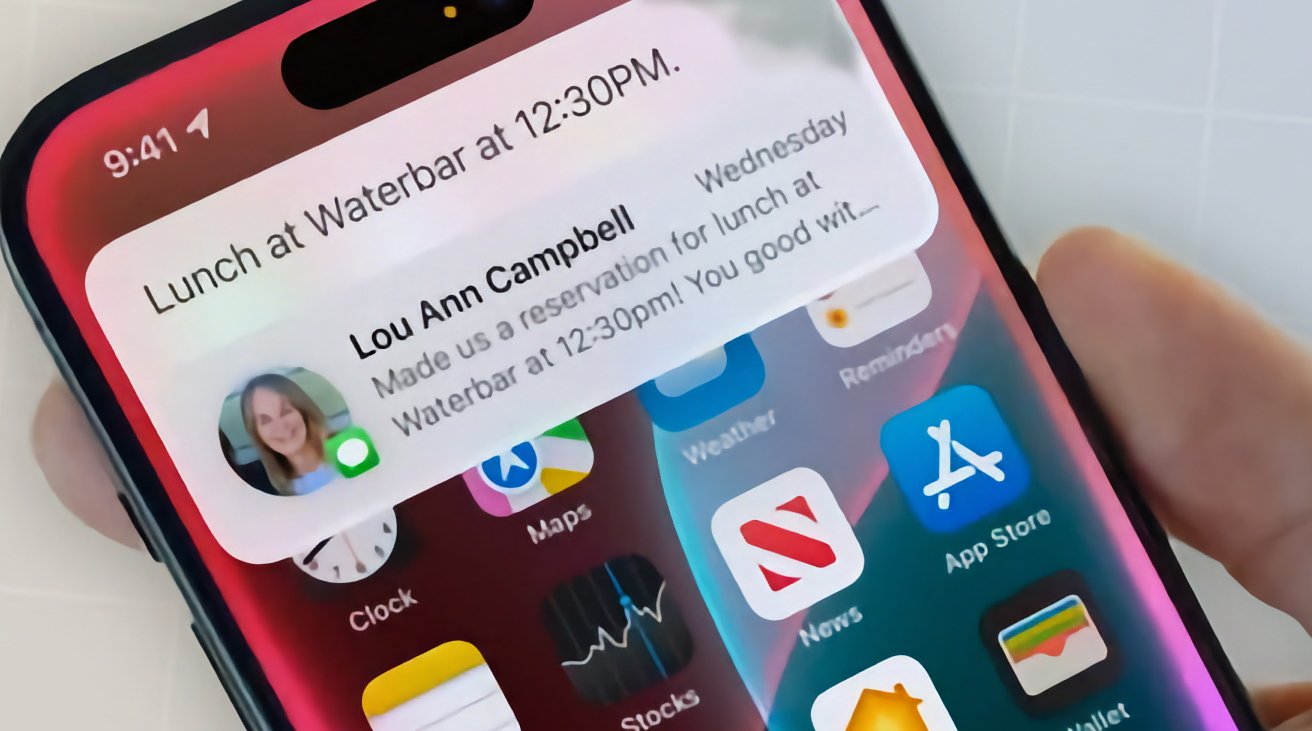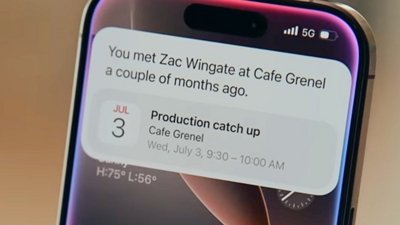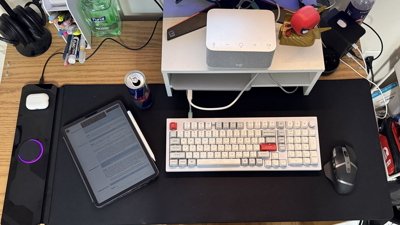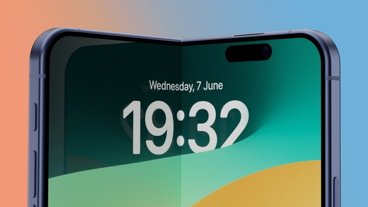Apple is working with Samsung to change how RAM is packaged for the iPhone, with the aim of widening the bandwidth to help in AI tasks.
While most smartphones have their RAM on the same package as the processor, Apple is looking to go against the norm. In order to allow for more RAM and also speed up memory access for Apple Intelligence tasks, it now wants to put the RAM and processor on separate chips.
According to The Elec, Apple has asked Samsung to begin researching how best to package the DRAM memory used in iPhones. The issue is that being on the same package as the processor is only quicker up to a point.
To make faster RAM, Apple wants a larger DRAM package. But there are only so many connectors on the processor side, and consequently only so much RAM that can be on the same chip.
Samsung has therefore been tasked with how to create a larger DRAM package, and connect it back to the processor in the fastest way. Being a separate package will also help with heat, as on-device AI is an intensive process that makes the chips hot.
Reportedly, Apple could have instead chosen to use the kind of high-bandwidth memory (HB) that is often in servers. But this appears to have been rejected, as there are difficulties getting it small enough to fit a phone, and to also become sufficiently low power to work with a phone's battery.
The physical constraints of an iPhone are also an issue using a separate or discrete package for the RAM. Apple may have to reduce the size of its System on a Chip (SoC) processor and even also the battery, to fit the separate RAM in.
While Samsung is said to have only just begun its research, Apple is believed to be planning to use the new method in 2026's iPhone 18 range.
The Elec is a decent source of information from within Apple's supply chain. It is less accurate in predictions it forms about what Apple will do.
 William Gallagher
William Gallagher

-m.jpg)






 Malcolm Owen
Malcolm Owen
 Amber Neely
Amber Neely




 Oliver Haslam
Oliver Haslam
 Thomas Sibilly
Thomas Sibilly


-m.jpg)






5 Comments
This would be surprising, considering the space constraints inside an iPhone. I’m more inclined to think that it’s somehow related to switching to Apple modems giving other design considerations that we don’t yet understand.
Maybe the processor/RAM won't overheat as much, too. I'm rather tired of this happening especially when shooting video.